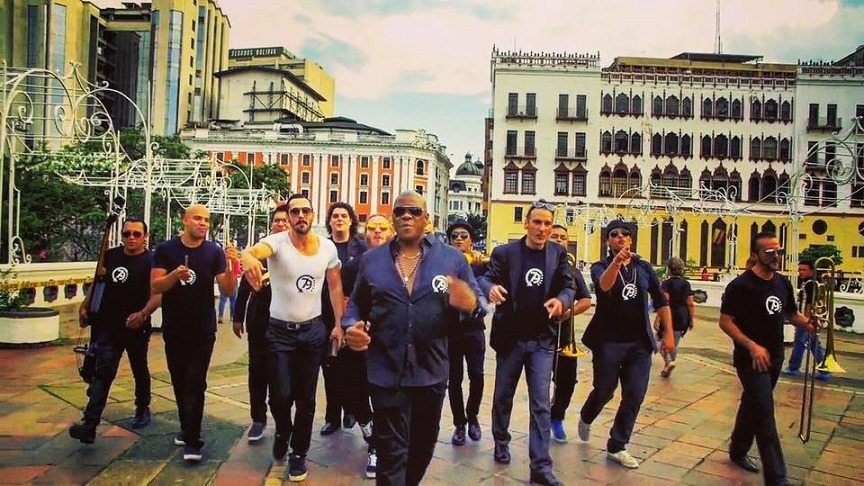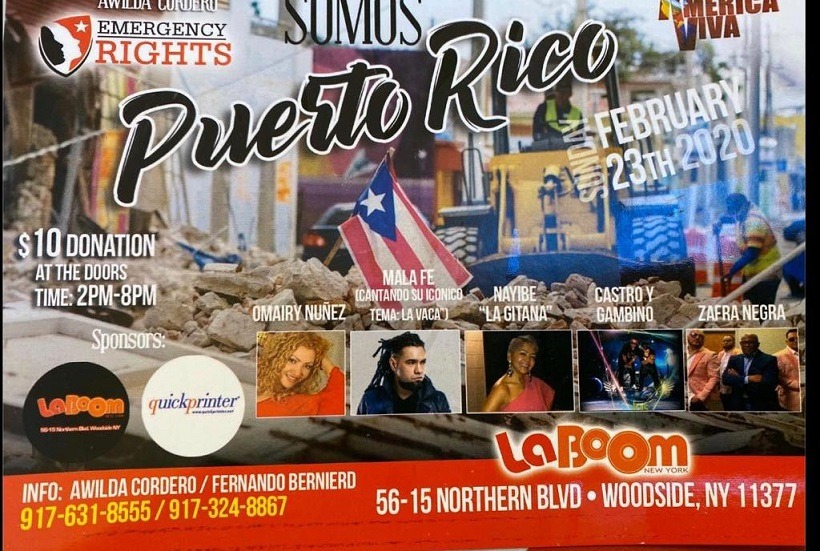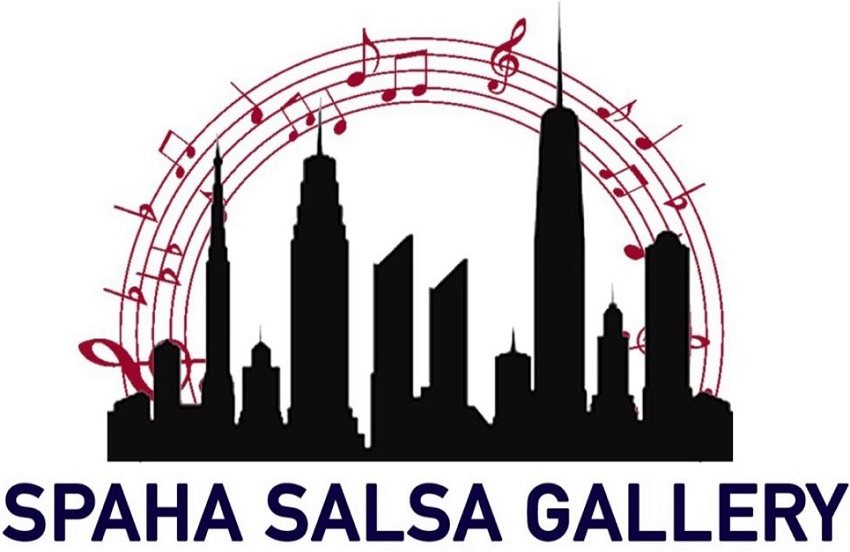North America / Dominican Republic / Santo Domingo
Did you know that the Venezuelan percussionist, composer and producer Néstor Pacheco joined forces and collaborated with the salsa producer, marketer, promoter and diffuser Charlie Pérez, who is currently the director of the page salsaconsabor.net, a platform for the diffusion of salsa already be informative, videos, tropical music and entertainment.
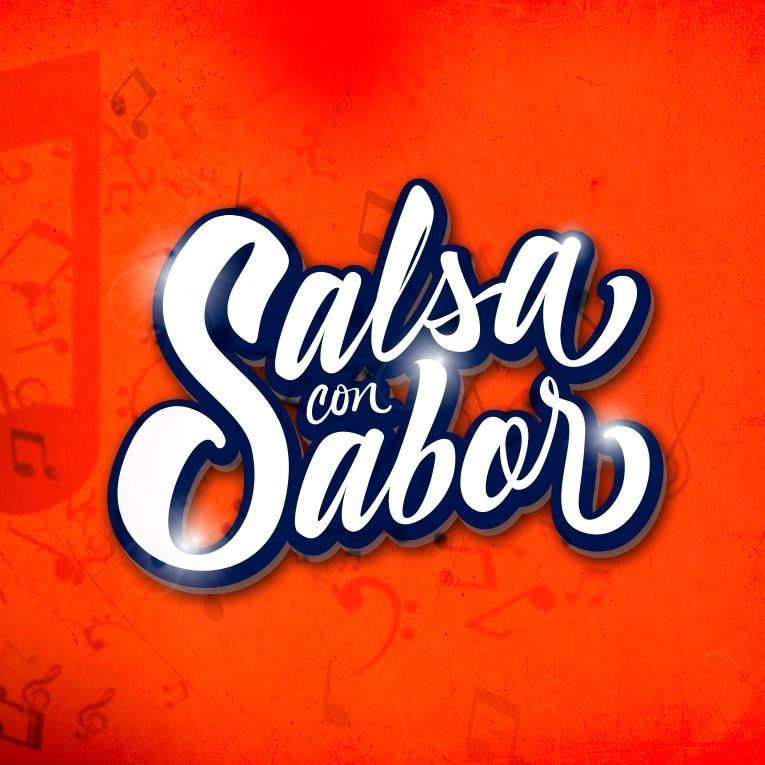
On this occasion, the new song by Charlie Pérez was launched on the page salsaconsabor.net, who called it “Salsa Con Sabor”. This cut is for the enjoyment of the dancers and you can find it available on all digital platforms.
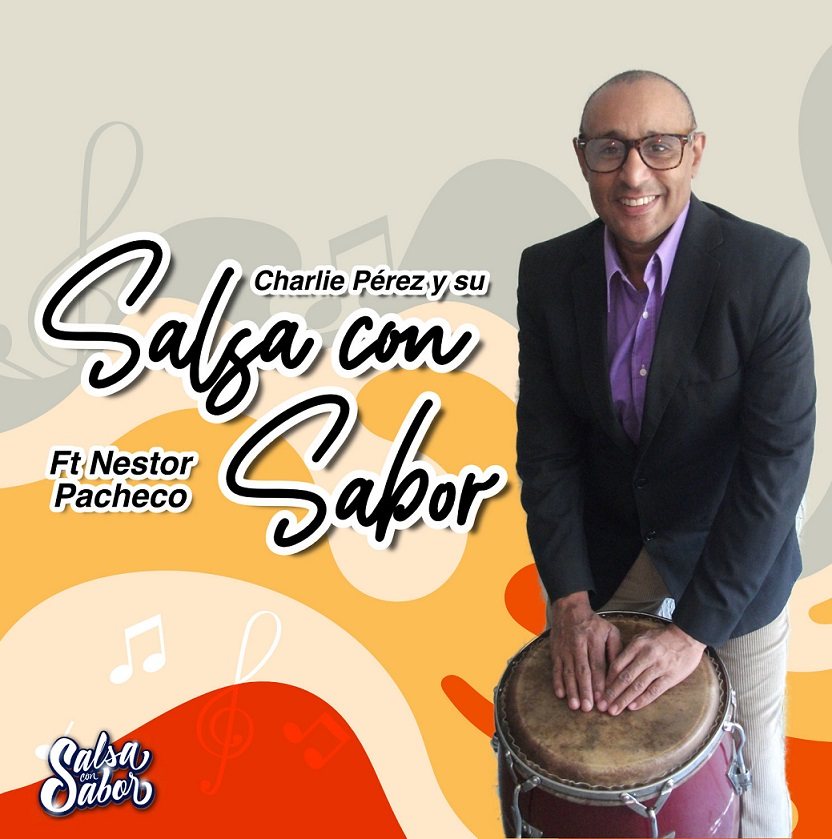
“Salsa Con Sabor” is a theme that emerged with the collaboration of:
- Musical Production and Direction: Néstor Pacheco
- Co-Production: Charlie Pérez
- Arrangement and Piano: Eric Urdaneta
- Bass: Elio Torres
- Trumpet: Andrés Romero
- Trombone: Israel Rebolledo
- Choirs: Alonso Dagua, Josué Hernández & Néstor Pacheco
- Voice and Lyrics: Néstor Pacheco
- Mastering and Mixing: Arturo Rey
- Recording at Keysthar Studios, Venezuela
Graphic design and edition: Kelvin Pérez
- Contact: 18297123137
- Email: [email protected]
Co-Production, Executive Production, Marketing and Public Relations: Charlie Pérez and Wilendy Rosario
- [email protected]
- [email protected]
- Telephone: 18299653863
For more information:
Correo: [email protected]
Twitter: https://twitter.com/SalsaconSabor_
WebSite: https://salsaconsabor.net/
Facebook: https://www.facebook.com/salsaconsaborr/
Instagram: https://www.instagram.com/salsaconsabor_/
YouTube: https://www.youtube.com/channel/UCVusywkzJbH8soalxDfK0qA/featured




